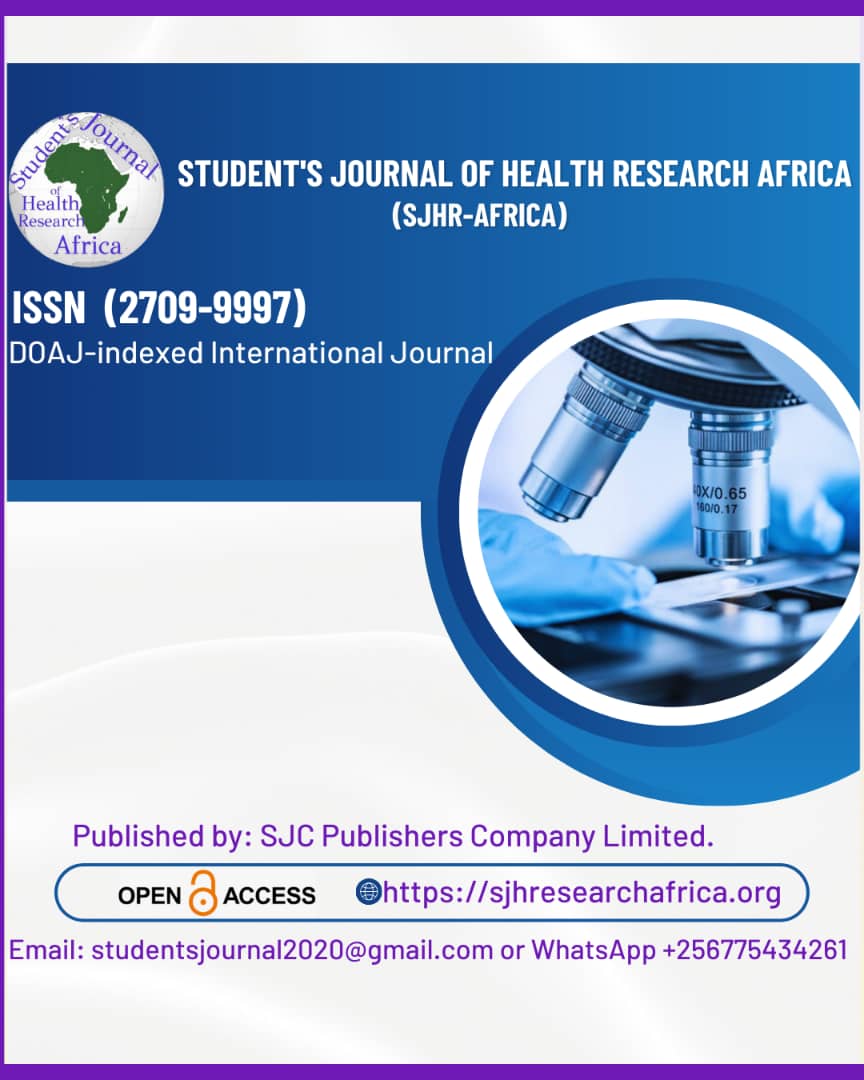ANATOMICAL VARIATION OF RECURRENT LARYNGEAL NERVE ENCOUNTERED DURING THYROID SURGERIES IN TRIBAL POPULATION OF JHARKHAND. A PROSPECTIVE ANALYSIS.
DOI:
https://doi.org/10.51168/sjhrafrica.v4i9.652Keywords:
Thyroid, Recurrent laryngeal nerve, Sternocleidomastoid muscleAbstract
Introduction: The anatomy side and front of the neck, the pharynx, the laryngeal structures, and any anatomical variations in the persistent nerve must be understood before performing thyroid surgery. Both the surgeon and the patient find thyroid surgery challenging due to the architecture of the lower laryngeal nerve. Due to the consequent diversity of anatomical changes, identification and dissection are challenging and delicate. These changes are causes of the persistent nerve’s susceptibility. The various anatomical differences that have been described in the literature are related to the nerve itself and the path that it takes around nearby organs. Method: During thyroid surgeries, RLN encountered patients attending the OPD in RIMS, from August 2022 to July 2023 duration. All patients underwent standard electrocardiography, lung ventilation function testing, clinical biochemistry, hematologic, and coagulation function assessments. All of the included patients' clinically significant vocal cord impairments were ruled out by preoperative. Results: In total, 100 individuals who had thyroid surgery on time were included in the research. The median age of the 55 women and 45 men who participated in this prospective study was 45.0 years (range, 13-81 years). 120, including 65 left- and 55 right-side nerves, were dissected; 65 individuals underwent unilateral exposure, and 35 underwent bilateral exposure. Conclusion: The recurrent nerve has several different anatomical variations, and the discovery is frequently made. During thyroid surgery, the operator should always be aware of anatomical variance. Regardless of the initial strategy, the surgeon's vigilance and skill prevent the recurrence of injury even when the recurrent nerve has unexpected anatomical changes. Recommendation: RLN should be exposed routinely and routine dissection for exposure of RLN needs to be performed especially for patients who are receiving second or numerous surgeries.
Downloads
Published
How to Cite
Issue
Section
License
Copyright (c) 2023 Kumar Gaurav, Dipayan Roy, Rajiv Rajak, Asad Hashmi, Zahid Mustafa Khan

This work is licensed under a Creative Commons Attribution-NonCommercial-NoDerivatives 4.0 International License.





















